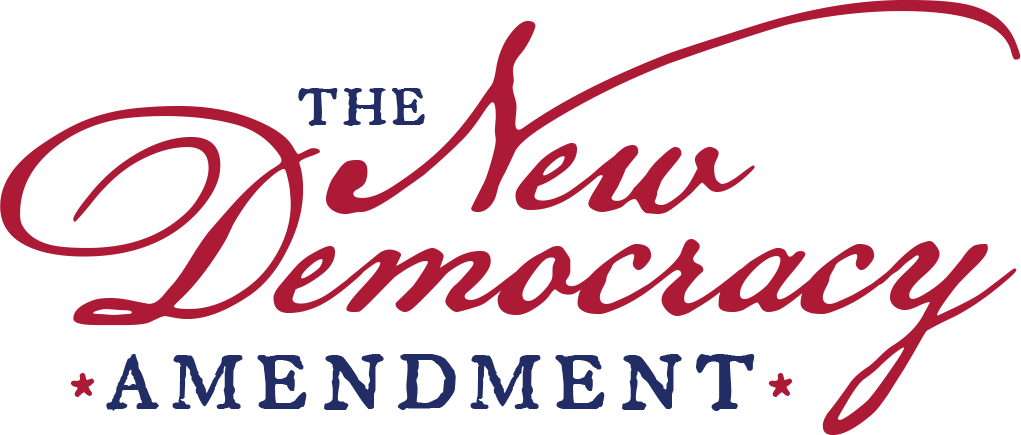
The Nebraska Strategy:
A Path to Constitutional Amendment
Imagine a scenario where one state legislature passes a constitutional amendment, and then thirty-seven more follow suit, driven by the amendment’s popularity and wisdom. This sequence would effectively satisfy the test of the Will of the People, fulfilling the ultimate requirement for ratification. Even if this process sidesteps the formal proposal mechanisms specified in Article V of the U.S. Constitution, it is our belief that such ratification should not be deemed invalid. The Will of the People has always been the supreme authority in America.
The Concept of Popular Ratification

The process prescribed in Article V, which involves either Congress or a Convention of States, has been criticized by constitutional scholars as overly cumbersome. It's argued that alternative methods for introducing amendments, which resonate with the power of the people, are entirely legitimate. This perspective is supported by historical precedent—our Founding Fathers bypassed the Articles of Confederation, securing ratification of the Constitution through popular support.
Historical Precedent
From the earliest days, the power of the states and the people has been clear. Thomas Jefferson’s words in the Declaration of Independence explicitly affirm the right of the people to alter or abolish ineffective government. Thus, the Founding Fathers clearly intended for the people to have significant power over the laws governing them. This includes the ability to ratify constitutional amendments with a three-fourths majority of state legislatures, which inherently carries more weight than procedural mandates requiring a two-thirds majority in Congress.
Constitutional Law and the Power of the States

The National Archives and Records Administration, tasked with overseeing the ratification process, adheres to historical customs rather than detailed constitutional instructions. Historically, state legislatures have sometimes acted on amendments before receiving official notice, and these actions have been upheld. This underscores a precedent where state legislatures have considerable autonomy in the ratification process.
Administration of Ratification & Historical Practices
Today, while 535 members serve in Congress, 7,383 serve in state legislatures, bringing them closer to the electorate’s pulse. This proximity suggests that a decision by a three-fourths majority of state legislators likely aligns more closely with the Will of the People than the narrower congressional vote.
The Role of State Legislatures in Ratification
Article V assigns the ultimate power for the adoption or rejection of amendments not to Congress but to the states. In theory, states could ratify amendments first and then convene a Convention of States to propose them retroactively. Concerns that bypassing formal Article V procedures could complicate the amendment process are mitigated by the fact that any proposed changes still require a three-fourths state legislature majority for ratification—a robust measure of popular support.
In conclusion, the Nebraska Strategy underlines a viable alternative to the traditional amendment process, emphasizing the paramountcy of state legislatures and the Will of the People in constitutional governance. This approach not only reflects a profound respect for democratic principles but also reasserts the foundational belief that ultimate authority lies with the people themselves.
